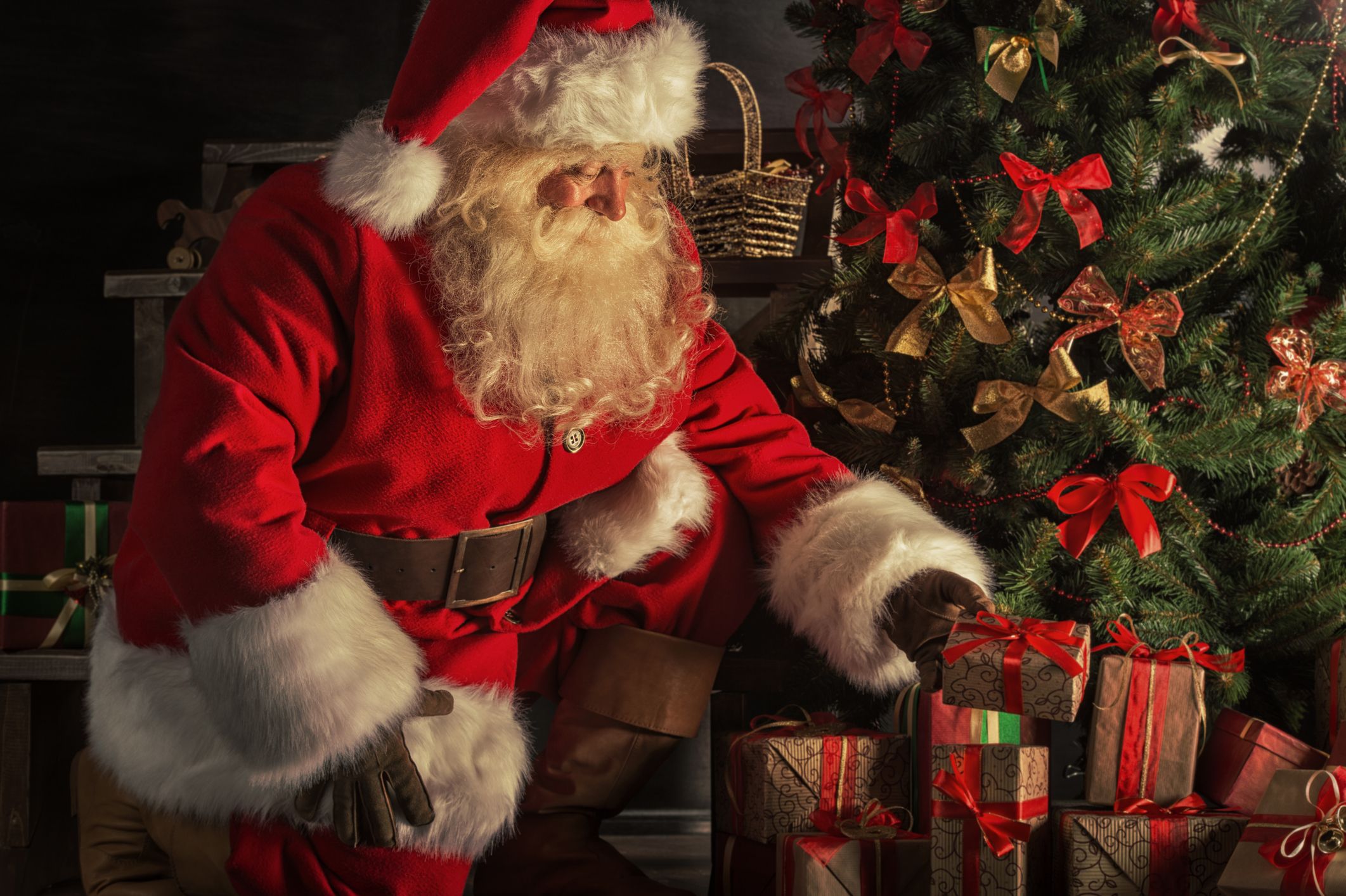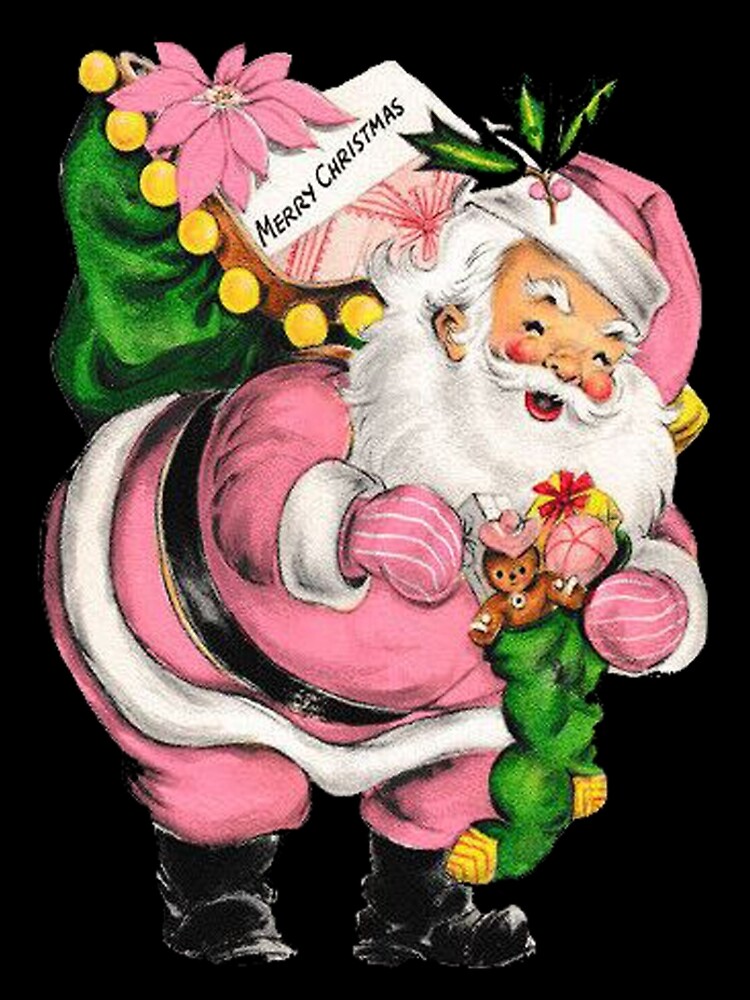As the holiday season approaches, we start to hear familiar carols and see twinkling lights lining the streets. But have you ever stopped to think about the origins of these traditions? While Christmas is widely celebrated as a Christian holiday, many of its customs actually stem from pagan rituals that predate Christianity. From Saturnalia to Yule, join us on a journey through history as we uncover the fascinating pagan roots of Christmas.
Introduction to the Pagan Roots of Christmas

Christmas is a holiday that is celebrated by Christians around the world on December 25th. The holiday commemorates the birth of Jesus Christ, but many of the traditions and symbols associated with Christmas have pagan origins.

The word "Christmas" comes from the Old English "Cristes maesse", which means "Christ's mass". In ancient Rome, there was a festival called Saturnalia that was held in honor of the god Saturn. This festival took place from December 17-23 and was a time of feasting, gift giving, and merrymaking. Many of the traditions associated with Saturnalia were later adopted by Christians and incorporated into Christmas.
The use of evergreen trees and wreaths dates back to ancient pagan cultures who believed that these plants had magical properties that could ward off evil spirits and bring good luck. The Celts used holly, ivy, and mistletoe in their winter festivals, while the Norse decorated with evergreens during Yule (a winter solstice celebration). The custom of decorating homes and churches with evergreens at Christmas time is a tradition that has its roots in paganism.
The giving of gifts at Christmas time also has pagan origins. In ancient Rome, it was customary to give gifts to friends and loved ones during Saturnalia. The practice of giving gifts at Christmas time was later adopted by Christians as a way to symbolize the gift of Jesus Christ to the world.
Christmas carols are another tradition
Saturnalia, the Ancient Roman Festival
Saturnalia, the ancient Roman festival, was held in honor of the god Saturn. The holiday was celebrated from December 17-23 and was a time of feasting, drinking, and merriment. Gifts were exchanged, homes were decorated with greenery and candles, and businesses closed down so that people could enjoy the holiday.
The Saturnalia festival was originally a one-day event, but over time it expanded to include an entire week of festivities. On the first day of Saturnalia, slaves were given a holiday from their work and were allowed to dine with their masters. This reversal of roles symbolized the freeing of humankind from the bondage of work during the winter months.
Feasting and drinking continued throughout the week, culminating in a grand public banquet on December 23rd. It was believed that during Saturnalia, the boundaries between the worlds of the living and the dead became blurred. As such, offerings were made to deceased ancestors and special meals were prepared in their honor.
The pagan roots of Christmas are evident in many modern-day traditions. The exchange of gifts, decorating with greenery, and feasting are all carryovers from Saturnalia. So when you celebrate Christmas this year, remember its pagan origins and take a moment to enjoy the spirit of revelry that characterized this ancient festival!
Yule and its Origins in Germanic Paganism
The Pagan festival of Yule has its roots in Germanic paganism. The word "yule" comes from the Old English word for "wheel". This is a time when the sun's power is at its weakest and the days are shortest. It was believed that during this time, the sun was reborn and that the new year began at Yule.
Yule was originally a 12-day festival celebrating the Winter Solstice. It was a time for feasting, drinking, and merrymaking. Gifts were exchanged, and people decorated their homes with evergreen branches and holly. The Yule log was burned in the hearth, and candles were lit to ward off evil spirits.
Today, many of these traditions have been adopted by Christmas. However, there are still some pagan elements that remain in our Christmas celebrations. For example, mistletoe is still hung in doorways, and yuletide logs are often used as decoration.
How Christianity Adopted these Traditions
When Christianity began to spread throughout the Roman Empire, its followers sought to find common ground with those who were not yet convinced of the new religion's truth. One way they did this was by co-opting popular pagan traditions and giving them Christian meaning.
One of the most popular pagan traditions during the time of early Christianity was Saturnalia, a festival honoring the god Saturn. This festival was celebrated in December, and it involved feasting, gift-giving, and merrymaking. Christians saw an opportunity to turn Saturnalia into a celebration of Jesus' birth, and so Christmas was born.
Another pagan tradition that Christmas adopted was the use of evergreen trees and wreaths as decorations. This practice originated with the Celtic people, who believed that these plants had magical properties that could ward off evil spirits. Again, Christians saw an opportunity to give this tradition new meaning by using evergreens to symbolize eternal life through Jesus Christ.
So, while Christmas may seem like a purely Christian holiday today, its roots can be traced back to pagan traditions that predate Christianity itself. By adopting these popular customs, early Christians were able to more easily win converts and spread their new religion throughout the Roman Empire.
Popular Christmas Traditions and their Pagan Roots

Christmas is a holiday that is celebrated by Christians around the world to commemorate the birth of Jesus Christ. However, many of the popular traditions associated with Christmas have pagan roots.
Saturnalia was a Roman festival that was held in honor of the god Saturn. The festival took place from December 17-23 and was characterized by feasting, drinking, gift giving, and merrymaking. Many of the traditions associated with Saturnalia, such as decorating homes with greenery and giving gifts to loved ones, were later adopted by Christians and incorporated into Christmas celebrations.
Yule was a pagan winter solstice festival that was popular in Scandinavia. The festival celebrated the return of the sun after the longest night of the year and lasted for 12 days. Yule traditions included decorating homes with evergreen boughs, lighting candles to ward off evil spirits, and feasting on special foods like roasted meats and sweet desserts. Like Saturnalia, many of these traditions were later adopted by Christians and became part of Christmas celebrations.
Modern Celebrations of Christmas and Paganism
Though Christmas is now a largely secular holiday, it still has many pagan roots. One of the most popular modern celebrations of Christmas is the Saturnalia festival, which was originally a Roman holiday honoring the god Saturn. The Saturnalia was celebrated with feasting, gift-giving, and merrymaking, and many of its traditions were later adopted by Christians.
Another popular pagan tradition that has been incorporated into Christmas is the Yule log. The Yule log was originally a large log that was burned in honor of the Norse god Thor during the winter solstice. Today, many people still burn a Yule log in their homes as part of their Christmas celebrations.
So while Christmas may be mostly secular nowadays, it still has plenty of pagan roots. If you want to get in touch with your inner pagan this holiday season, why not try celebrating one (or both) of these traditions?

Conclusion
It is clear that there are many pagan roots of Christmas and that it has evolved over time to become the festive holiday we celebrate today. From Saturnalia, Yule, midwinter festivals and more, these ancient traditions have been woven into our modern celebrations to create the unique blend of religion and commercialism that makes up Christmas in 2020. By understanding how far back these traditions stretch, we can better appreciate the origins of this wonderful season and continue to embrace its customs with reverence for years to come.
🌟 Fast and Reliable Shipping: We understand that you're excited to receive your Christmas leggings, so we offer fast and reliable shipping options at https://christmas-leggings.com/ . Sit back, relax, and let us deliver your festive fashion directly to your doorstep.

No comments yet